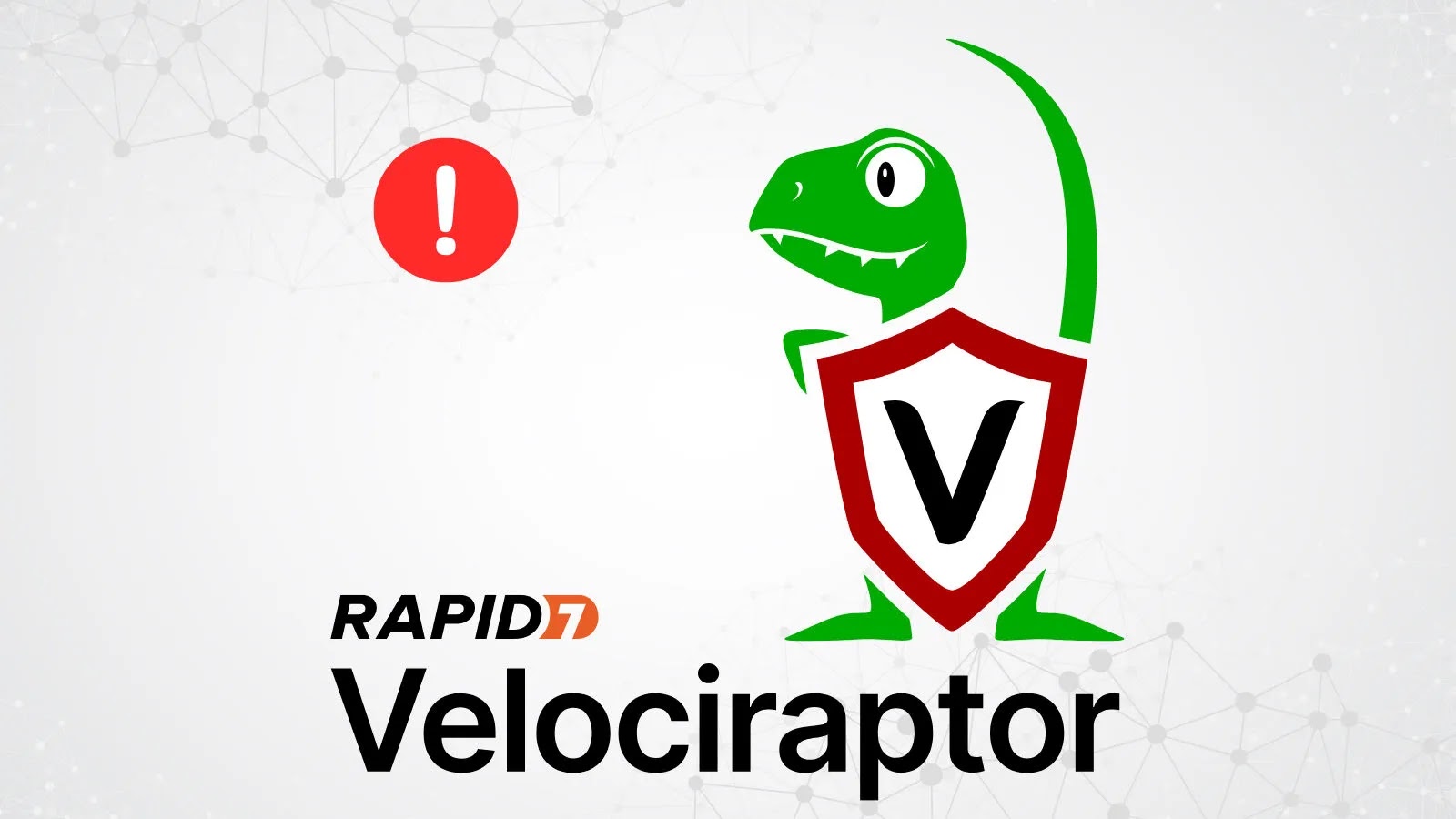
CISA Warns Of Rapid7 Velociraptor Vulnerability Exploited in Ransomware Attacks
CISA Sounds the Alarm: Rapid7 Velociraptor Vulnerability Actively Exploited in Ransomware Attacks
The digital defense landscape is constantly shifting, and a recent advisory from the Cybersecurity and Infrastructure Security Agency (CISA) has sent a clear warning resonating through the cybersecurity community. On October 14, 2025, CISA issued an urgent bulletin highlighting a critical vulnerability within Rapid7’s widely-used Velociraptor endpoint detection and response (EDR) tool. This flaw, rooted in improper default permissions, isn’t just theoretical; it’s actively being weaponized by threat actors, with direct links to ransomware campaigns. Organizations relying on Velociraptor must take immediate action to mitigate this severe risk.
Understanding the Rapid7 Velociraptor Vulnerability
The core of this critical security weakness lies in Rapid7 Velociraptor’s CVE-2025-XXXXX (Note: A placeholder CVE ID is used here as the original article does not provide one. Organizations should always refer to the official Rapid7 advisory for the specific CVE.), stemming from incorrect default permissions. Velociraptor is a powerful open-source EDR tool designed for incident response, digital forensics, and threat hunting. It allows security teams to gain deep visibility into endpoint activities. However, this vulnerability bypasses its intended security mechanisms, enabling attackers to execute arbitrary commands and gain complete control over infected endpoints. This effectively turns a security tool into a weapon against the very systems it’s meant to protect, providing an unparalleled foothold for malicious activities, including data exfiltration and the deployment of ransomware payloads.
Weaponization in Ransomware Campaigns
CISA’s alert is particularly concerning because it confirms active exploitation. Threat actors are keenly aware of the critical role EDR tools play in an organization’s security posture. By compromising Velociraptor, they can achieve several objectives:
- Disabling Security Controls: An attacker with control over the EDR agent can disable its functions, blind security teams, and prevent detection of subsequent malicious actions.
- Lateral Movement: Command execution capabilities allow attackers to move deeper into the network, identifying and compromising other valuable assets.
- Ransomware Deployment: With administrative privileges and the ability to execute arbitrary commands, threat actors can effortlessly deploy and detonate ransomware across compromised systems, encrypting critical data and demanding payment.
- Persistence: The vulnerability can be exploited to establish persistent access, ensuring attackers maintain control even after system reboots or initial cleanup attempts.
This exploitation demonstrates a growing trend where sophisticated attackers target security infrastructure itself, highlighting the need for continuous vigilance and proactive patch management.
Remediation Actions for Rapid7 Velociraptor Users
Given the active exploitation and severity of this vulnerability, immediate action is paramount for all organizations utilizing Rapid7 Velociraptor. CISA and Rapid7 urge users to implement the following remediation steps without delay:
- Apply Patches Immediately: Rapid7 has released security updates to address the incorrect default permissions. Administrators must apply these patches to all Velociraptor installations as soon as possible. Consult official Rapid7 documentation for specific version updates and installation instructions.
- Review and Enforce Least Privilege: Scrutinize the permissions assigned to the Velociraptor service accounts and management interfaces. Ensure these accounts operate with the absolute minimum privileges required for their function.
- Isolate and Monitor: For any systems where patching cannot be immediately performed, strong network segmentation and enhanced monitoring are crucial. Isolate these systems from sensitive network segments and implement specific alerts for unusual activity originating from or targeting Velociraptor components.
- Incident Response Plan Activation: Organizations should activate their incident response plans to prepare for potential exploitation or to respond to confirmed breaches. This includes forensic analysis, containment, eradication, and recovery.
- Regular Security Audits: Conduct regular security audits of all EDR and security tools. Default configurations often contain latent vulnerabilities that can be exploited if not properly secured.
Tools for Detection and Mitigation
To aid in detecting potential exploitation and strengthening defenses, organizations can leverage various cybersecurity tools. While patching is the primary defense, these tools can provide additional layers of security:
| Tool Name | Purpose | Link |
|---|---|---|
| Rapid7 Velociraptor (Patched Version) | Primary EDR tool, critical for endpoint visibility and threat hunting. Ensure updated version is deployed. | Official Website |
| Network Intrusion Detection/Prevention Systems (NIDS/NIPS) | Detect and prevent suspicious network traffic patterns indicative of C2 communication or lateral movement. | Snort, Suricata |
| Endpoint Detection and Response (EDR) Solutions | While Velociraptor is the target, other EDRs can help detect anomalous behavior on endpoints. | CrowdStrike, SentinelOne |
| Vulnerability Scanners | Identify unpatched systems and misconfigurations across the network. | Tenable Nessus, QualysGuard |
| Security Information and Event Management (SIEM) | Centralize security logs for correlation and anomaly detection. | Splunk, Elastic SIEM |
Key Takeaways and Proactive Security Measures
The CISA warning regarding the Rapid7 Velociraptor vulnerability underscores a critical lesson: no security tool is entirely immune to flaws, and attackers will relentlessly target any weakness that grants them an advantage. Organizations must prioritize immediate patching of CVE-2025-XXXXX and maintain a proactive security posture. This includes rigorous patch management, strict adherence to the principle of least privilege, continuous monitoring, and well-rehearsed incident response procedures. Staying informed through advisories from CISA, vendors like Rapid7, and reputable cybersecurity news sources is essential for maintaining robust defenses in a continually evolving threat landscape.





